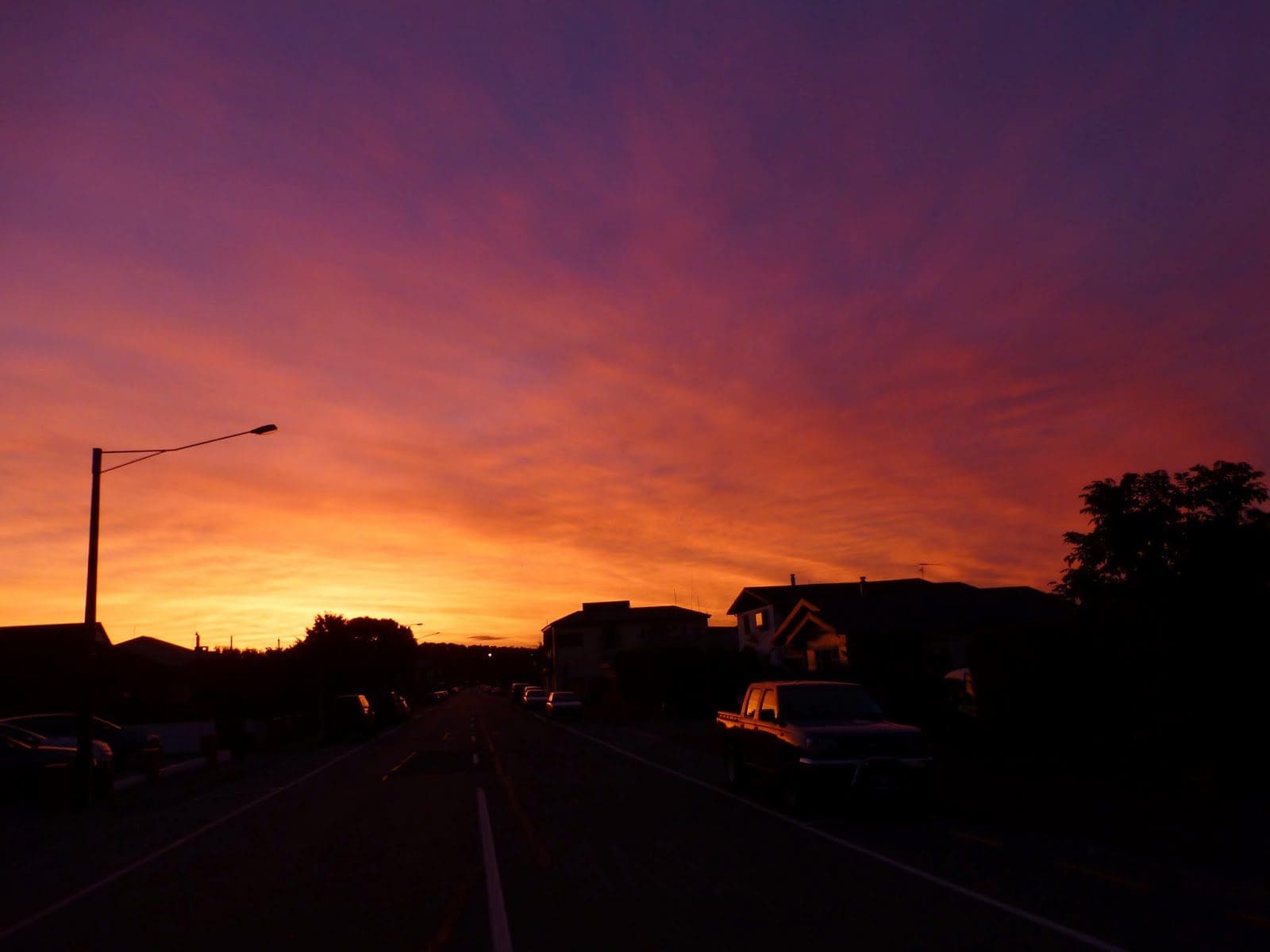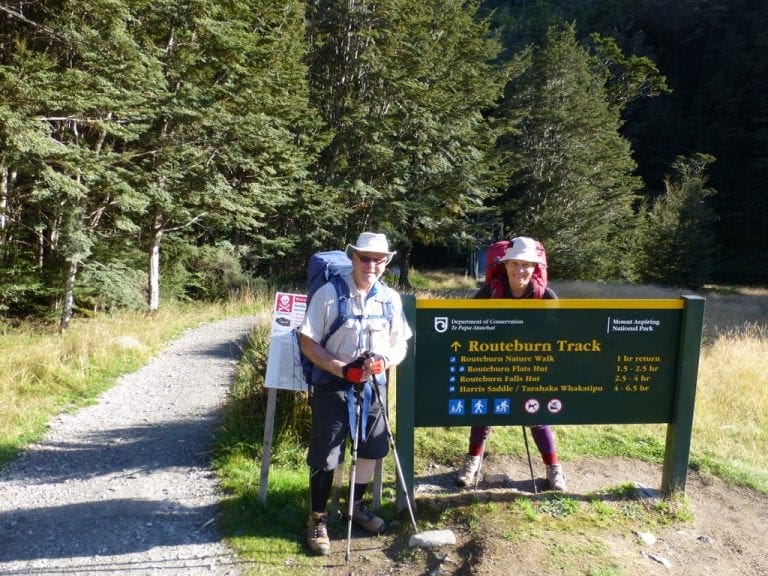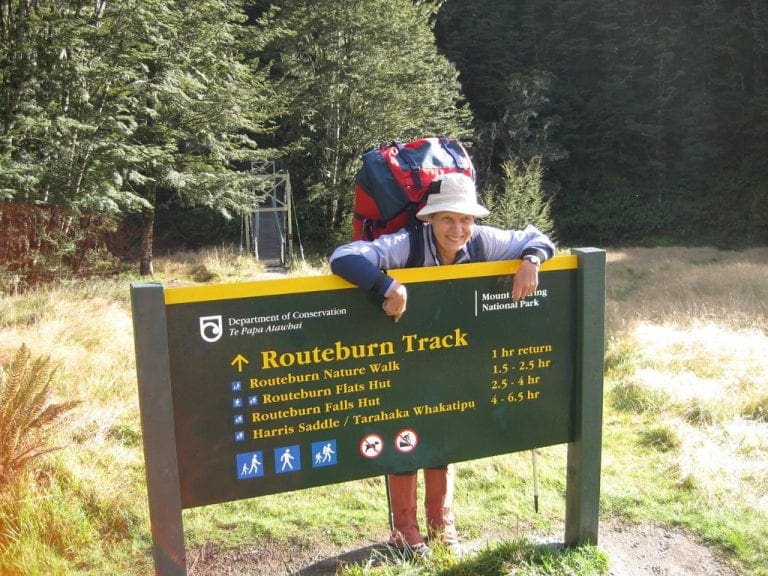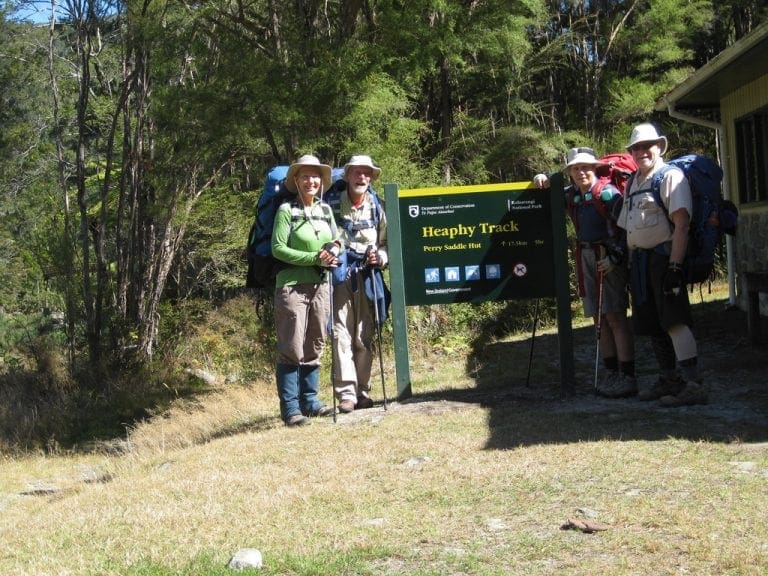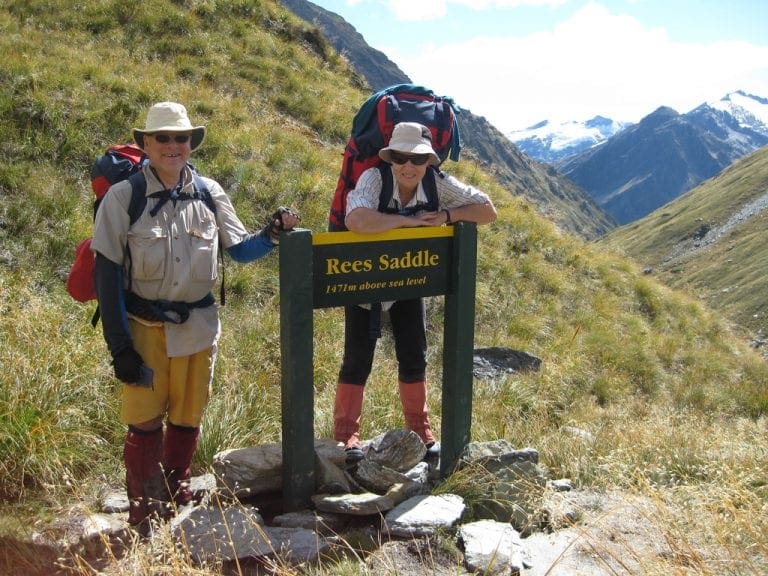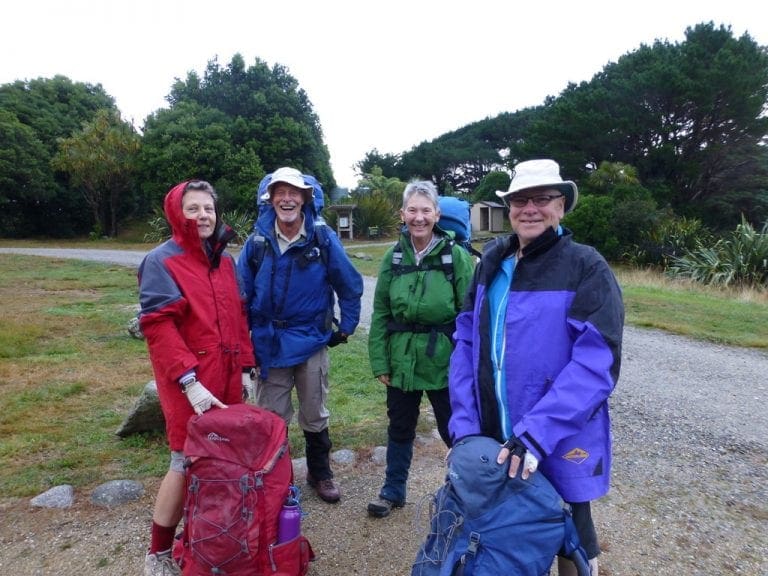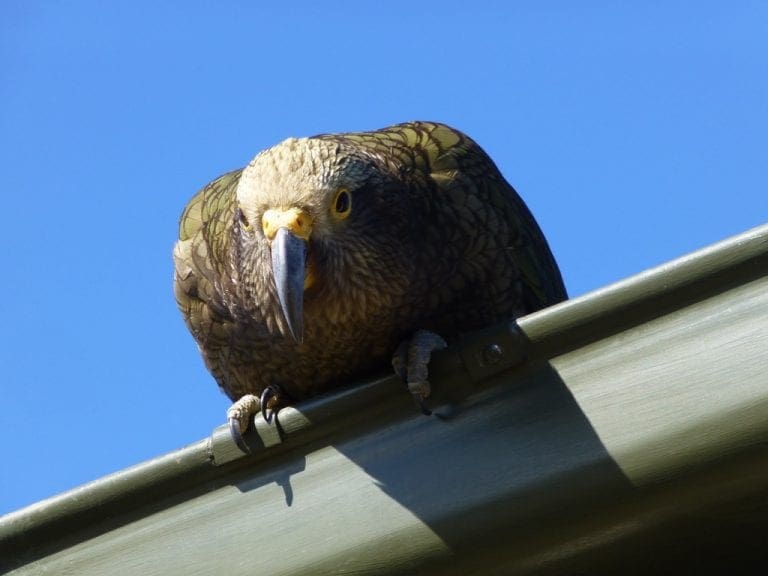New Zealand 2014 week 2
Monday 10 March 2014. A relaxing day in the hot pools of Hanmer Springs spa. Excellent. We purchased a ‘senior day return’ which gave us two entries for the day. $18 each. Two hours there this morning and one hour this afternoon. Well worthwhile. Recommended. BBQ lunch with half a bottle of Sav Blanc and a little sleep in between. What more do you want?
I do like this Jack In The Green Backpackers. We are in one of four rooms in a little pre-fab cabin, just through a hedge to the main building with its big kitchen and lounge room. Vary friendly people.
Tuesday 11 March 2014. A quickish drive from Hanmer Springs to Havelock – one of the several towns along this coast that call themselves Mussel Capital of the World. The objective was to have lunch at the Slip Inn where we had had a great lunch two years ago with the best Sav Blanc I’ve had. The Sav Blanc not as good today but a great feed of mussels and a good chat with the neighbours. Our place for tonight is the Blue Moon Lodge in Havelock – also a very nice place – very laid back and friendly. Free wifi and mussels.
Wednesday 12 March 2014. We walked 16 km into Nydia Bay and are staying at ‘On the track Lodge’ which is wonderful. We set off from Havelock at 8:30 am (with an Italian woman passenger who wanted to walk the whole Nydia track in one day) drove the 47 km of winding road to Duncan Bay, left the car and began walking at 9:30am. The Nydia track makes its way south around the edge of one arm of Tennyson Inlet and over a saddle (about 300m) and then down to Nydia Bay which is on a large arm of Pelorus Sound. The north side of the saddle is very like Lamington NP in southern Queensland – ferns, tree ferns, beech trees, solid well graded clay track. The southern side, ie the Nydia Bay side, is drier and has had a lot of storm damage over many years judging by the accumulation of big fallen trees. I like the walk. I did find (as did Helen) that walking down hill over broken ground with multifocal glasses is very tricky and needs much concentration.
We’ve sort of decided that these private walks (or in this case a private lodge as part of a DOC Department of Conservation walking track) are a very good idea. Here at ‘On The Track Lodge‘, we are in very good luxurious accommodation costing us not much more than a Great Walk hut. We are staying here for two nights – and they feed us – and there are warm showers. An excellent two course meal – roast chicken, several side salads, roast spuds – followed by two deserts and coffee. (Two of the Kiwis are self-catering their own food, ie they have walked it in. There is a well stocked kitchen, gas cookers, fridge, tea coffee, condiments.) This is a very good place. I want to come back here.
There are eight guests here tonight – all Kiwis except Helen and I. As it has turned out, one of the other guests is Rory, owner operator of Trek Express who is taking us into the Heaphy Track on Sunday. We had a good chat. It gave me the chance to tell him how much I appreciate his excellent bus line. We would not be coming to New Zealand if it was not for bus lines like Trek Express that deliver us reliably to and pick us up from start and finish of tracks. These trampers’ buses make a major contribution to the NZ economy – feeding the track systems with walkers. We have nothing like it in Australia. (It was interesting to here the conversations between the owners of On The Track Lodge and Rory. Trek Express might begin to service the Duncan Bay end of the Nydia Track – what a good idea.)
On The Track Lodge is self-sufficient for electricity. They have installed nine 210 watt solar panels, an excellent inverter and a large bank of batteries. This provides sufficient power for the property. (Plus a back up generator to handle multiple cloudy days and to keep the batteries above 50%.) Cooking is all done with gas – including a large industrial gas oven, much used for the fantastic meals and needed to cater for 24. There are beds for 24 – mainly in cabins of 2-3. The train carriages are queen size doubles with ensuites. The yurt is the dormitory with 6 beds and bunks.
Supplies have to be brought in by sea – the mail boat or their own boat – which means much and consistent planning, especially when catering for large groups. I have to say that I was very impressed with the host, Tom, a genuinely nice and friendly man – nothing is too much trouble – well, within reason. His wife, Norma, who we only saw twice during our stay, does all the cooking – and she is a gifted cook as evidenced by the fantastic meals.
The Nydia Track has become very popular with mountain bikers who describe it one of the best in New Zealand. It is very good to walk it too.
Thursday 13 March 2014. A quiet day for us. I read. Helen went for a walk.
Friday 14 March 2014. We walked out the 15 km back to Duncan Bay were we had parked our car and drove to Nelson. As we were saying goodbye to Tom at ‘On The Track’, he mentioned that that morning they had received an e-mail from a group of 80 mountain bikers who wanted a BBQ lunch. 80! What a job for the pair of them! Norma said ‘I want to run away’ – and I think she might have been only partly joking. We have had a delightful stay at ‘On The Track Lodge’ and would like to go back.
The walk out seemed easier than the walk in. I was less tired and we did it in about a full hour shorter time than the walk in. The track on the southern side of the saddle (ie the Nydia Bay side) is much more uneven than the northern side of the saddle (ie the Duncan Bay side) which has a very consistent gradient and is a delightful track to walk. I took my multi-focal glasses off for the walk down. Much easier. The multifocals are ok for walking up and even for skiing, but for walking down over an uneven surface, they are treacherous – the focus changes as my foot steps onto the rock, suddenly the rock has moved, it is not where it was.
For tonight and tomorrow, we are at Almond House Backpackers in Nelson. We stayed here last time we were in Nelson (two years ago) and liked it then. Still good, clean, friendly people, free wifi.
